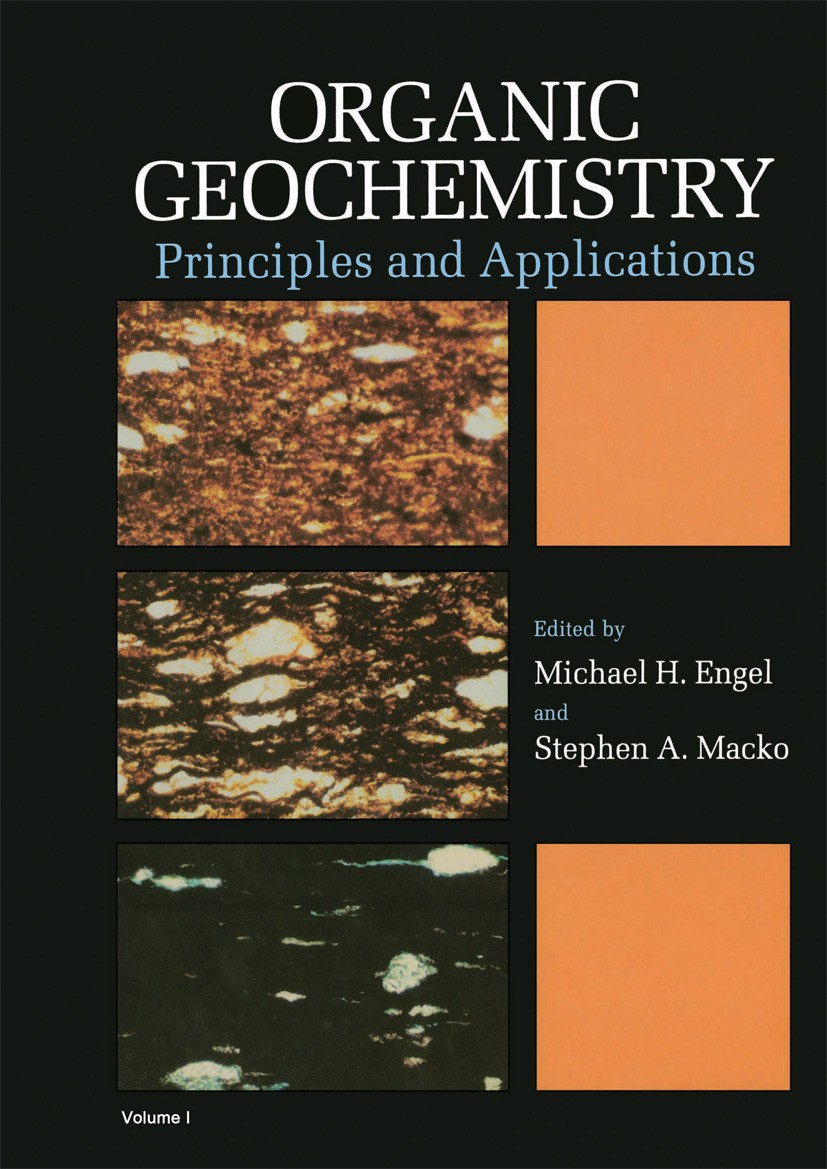Magma-induced thermal alteration in Devonian organic-rich rocks (Paraná Basin, Brazil): molecular transformations and clay-catalyzed maturation
IF 2.5
3区 地球科学
Q2 GEOCHEMISTRY & GEOPHYSICS
引用次数: 0
Abstract
Several studies have examined how high heating rates influence the molecular composition of organic matter, particularly in geological settings where magma interacts with organic-rich rocks. In Brazil, such interactions have been extensively documented in the Paraná Basin. However, the behavior of geochemical proxies under intense thermal stress, as well as the natural chemical products generated through the thermal cracking of organic matter, are not yet fully understood. In this study, a combination of bulk and molecular geochemical data from 233 m of Devonian strata in the Paraná Basin—intersected by two dolerite sills measuring 3.0 m and 0.86 m in thickness—was used to assess the extent and effects of magmatic heating on originally immature organic matter. The work includes a large dataset of total organic carbon and Rock-Eval pyrolysis along with thermal-maturity-related molecular geochemical proxies. The thermal evolution of organic matter was better assessed using methylated aromatic hydrocarbons, as saturate hydrocarbons are less resistant to high temperatures and may not respond well to rapid heating. The borehole profile was subdivided into four stages (I–IV) based on the response of geochemical proxies to thermal stress. The intermediate zone (Stages II and III) showed elevated MPI-1 (methylphenanthrene index) values and distorted saturate hydrocarbon ratios. Additionally, samples from this high thermal stress zone of the sills showed a significantly higher abundance of dimethyl alkanes—compared to less altered samples dominated by monomethyl alkanes. Multiple alkyl substitutions have been naturally favored in high-temperature zones by acidic clay mineral catalysis and sustained thermal stress, potentially from percolating hydrothermal fluids. The thermal alteration zone exceeds the expected halo from the two sills intersecting the borehole, which is interpreted as resulting from the percolation of hydrothermal fluids and/or a complex igneous body geometry.
巴西帕拉纳盆地泥盆系富有机质岩石的岩浆热蚀变:分子转化和粘土催化成熟
几项研究考察了高加热速率如何影响有机质的分子组成,特别是在岩浆与富有机质岩石相互作用的地质环境中。在巴西,这种相互作用在帕拉纳盆地得到了广泛的记录。然而,地球化学指标在强热应力作用下的行为以及有机质热裂解产生的天然化学产物尚不完全清楚。本研究利用paran盆地233m泥盆纪地层的体积地球化学和分子地球化学数据——由厚度分别为3.0 m和0.86 m的两个白云岩断层相交——来评估岩浆加热对原始未成熟有机质的程度和影响。这项工作包括总有机碳和岩石热解的大型数据集以及与热成熟度相关的分子地球化学指标。甲基化芳烃可以更好地评估有机质的热演化,因为饱和烃对高温的耐受性较差,对快速加热的反应可能不太好。根据地球化学指标对热应力的响应,将井眼剖面划分为4个阶段(I-IV)。中间段(II期和III期)甲基菲指数(MPI-1)升高,饱和烃比例扭曲。此外,与以单甲基烷烃为主的变化较少的样品相比,来自技能高热应力区的样品显示出明显更高的二甲基烷烃丰度。在酸性粘土矿物催化和持续的热应力作用下(可能来自渗透热液),多烷基取代在高温区域自然有利。热蚀变带超出了与钻孔相交的两个井的预期晕,这被解释为由热液流体的渗透和/或复杂的火成岩体几何形状造成的。
本文章由计算机程序翻译,如有差异,请以英文原文为准。
求助全文
约1分钟内获得全文
求助全文
来源期刊

Organic Geochemistry
地学-地球化学与地球物理
CiteScore
5.50
自引率
6.70%
发文量
100
审稿时长
61 days
期刊介绍:
Organic Geochemistry serves as the only dedicated medium for the publication of peer-reviewed research on all phases of geochemistry in which organic compounds play a major role. The Editors welcome contributions covering a wide spectrum of subjects in the geosciences broadly based on organic chemistry (including molecular and isotopic geochemistry), and involving geology, biogeochemistry, environmental geochemistry, chemical oceanography and hydrology.
The scope of the journal includes research involving petroleum (including natural gas), coal, organic matter in the aqueous environment and recent sediments, organic-rich rocks and soils and the role of organics in the geochemical cycling of the elements.
Sedimentological, paleontological and organic petrographic studies will also be considered for publication, provided that they are geochemically oriented. Papers cover the full range of research activities in organic geochemistry, and include comprehensive review articles, technical communications, discussion/reply correspondence and short technical notes. Peer-reviews organised through three Chief Editors and a staff of Associate Editors, are conducted by well known, respected scientists from academia, government and industry. The journal also publishes reviews of books, announcements of important conferences and meetings and other matters of direct interest to the organic geochemical community.
 求助内容:
求助内容: 应助结果提醒方式:
应助结果提醒方式:


